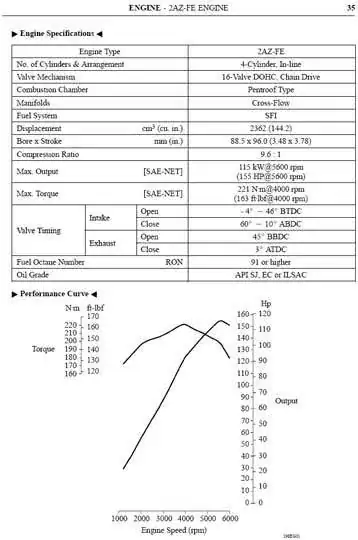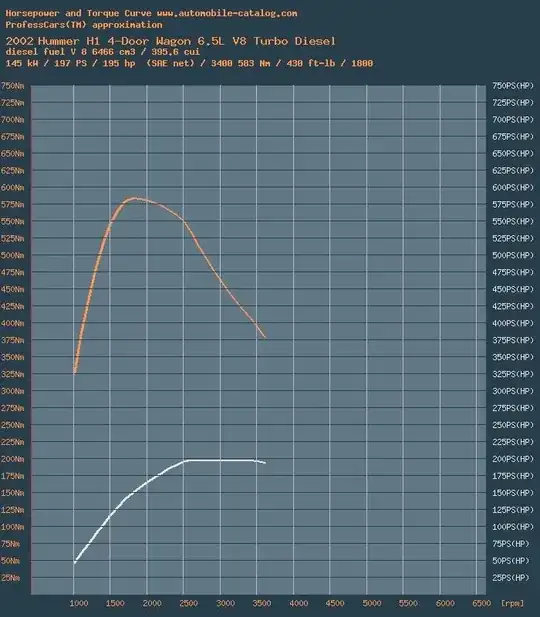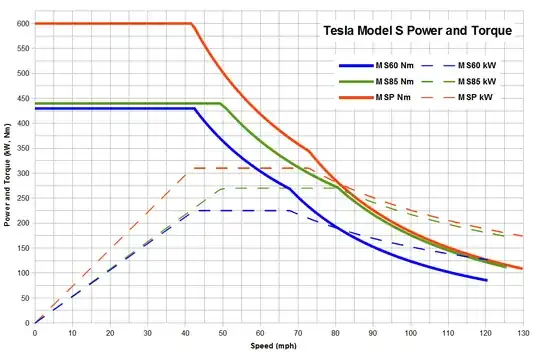The root problem here is that you are conflating several different terms. See Wikipedia for a calculation of horsepower from torque (tau) and rpm (f in this equation):

If you assumed a flat torque curve, you can see that peak horsepower would continue to increase with RPM. In fact, if you wanted to increase your marketing horsepower for a new vehicle, you'd just need to raise the rev limiter and keep torque from dropping faster than one foot-pound / rpm. Not only that, you can also see that the scalar values for power and torque (i.e., without their units) will always be equal at 5252 rpms.
1.Can someone speculate what the torque vs RPM graphs of a sedan engine and a Humvee
engine look like and what the typical operating
points are? It seems the Humvee engine would be operating much closer
towards its peak power while spinning slower, but at much higher
torque?
As previously remarked, the diesel in the HMMWV has a high peak torque at low rpms but the torque drops off rapidly, resulting in a peak horsepower at lower rpms than the Camry (190 hp @ 3,400 rpm / 380 lbf·ft @ 1,700 rpm cited on the Wikipedia page). The normally aspirated Camry has a much flatter torque curve with a torque peak closer to 4700 rpm and power peak at 6200 rpm (making some assumptions that we're discussing a fairly recent Camry SE with the 2GR-FE engine).
If you go back to the original equation, that means that the first derivative of the Camry's torque curve is zero at 4700 rpm and negative one at 6200 rpm (where torque's rate of decrease finally overwhelms the linear increase of rpm).
2.If the peak power is never used for passenger vehicles, why don't they use a smaller engine and save some money?
They do. You just didn't buy that one.
Civilian engine and automotive design is driven by certain marketing points. In this case, the Camry has a broad torque and power curves so there's no need to shift frequently (more than two shifts to 60 mph affects that critical 0-60 marketing number). Military transports have entirely different mission parameters including such factors as ease of maintenance, weapon systems, not getting blown up and so forth.
If economy is your key factor, you can choose a smaller engine. Every manufacturer is offering a variety of displacements and engine technologies now. The current Camry SE offers a smaller inline four cylinder, a four cylinder hybrid and a larger V6.
Regardless, it's nearly impossible for a gasoline powered engine to beat the miles per gallon of a turbo diesel.



